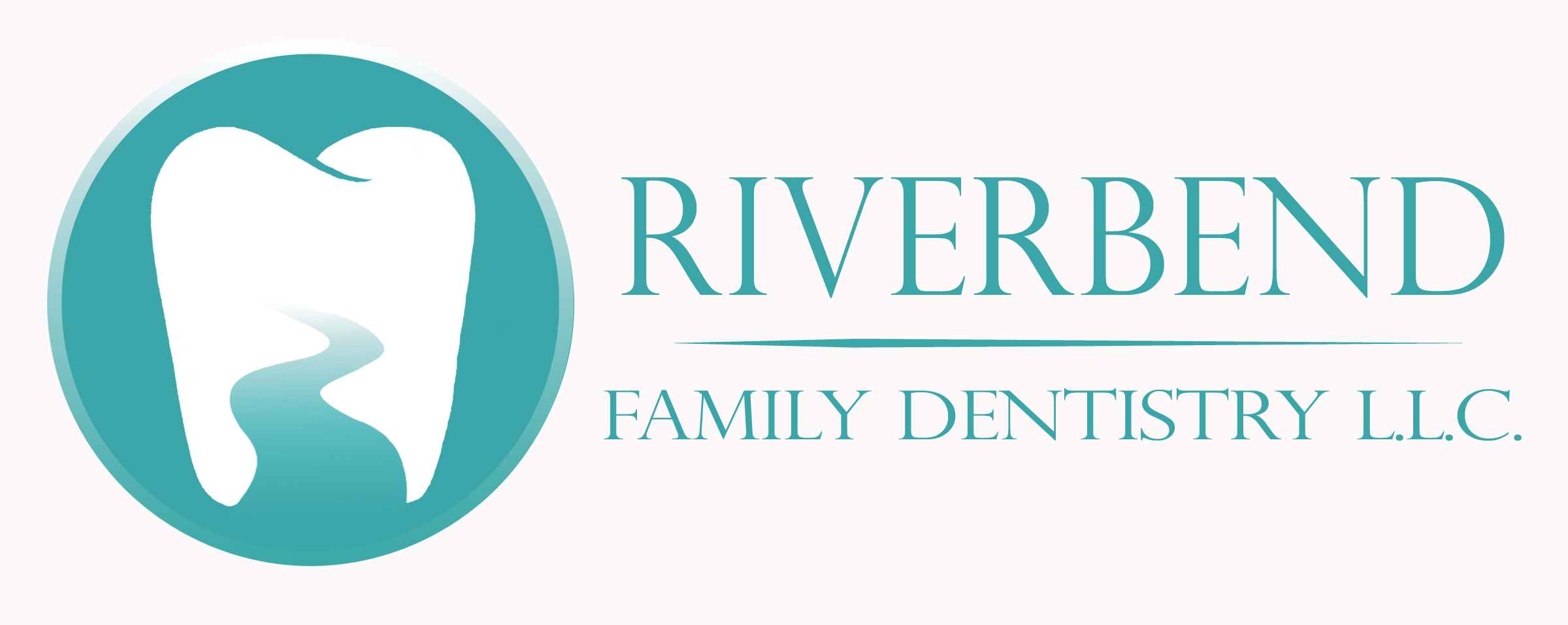Crowns
When decay is extreme or when previous restorations are failing due to leaky decay, a crown might be recommended as the treatment of choice. Crowns protect the teeth while providing an aesthetic look with long-term proven success.
Why do I need a crown?
We may recommend crowns for various reasons. This includes (but not limited to):
- Replace missing teeth
- Leaking decay around previous crown
- Decay or restoration that covers >50% of chewing surface
- Misshapen or badly broken teeth
How long to receive a crown?
A crown requires two appointments: The first appointment, where the tooth is prepared, a final impression is performed for the fabrication of the final crown, and a temporary is made and cemented for the tooth to receive the crown; The second appointment, where the temporary is removed, cleaned, and the permanent crown is fitted and cemented to the tooth.
Bridges
Every tooth is important! Our teeth not only provide chewing ability, but keep our teeth in proper alignment within our mouth. In the case of a missing tooth, a bridge can be fabricated to replace a tooth and provide a beautiful finish with excellent results.
How does a bridge work?
A bridge is anchored to the adjacent natural teeth or abutments, and suspends over the area of the missing tooth where the floating tooth or “pontic” is. With the use of an excellent lab, you will not be able to detect that the tooth is missing.
In some cases, more than one tooth may be used as the “abutment” to provide more stability for the bridge. This is done because not all teeth are created equal, and have varying root and crown sizes. This might be recommended to provide better long-term prognosis.
